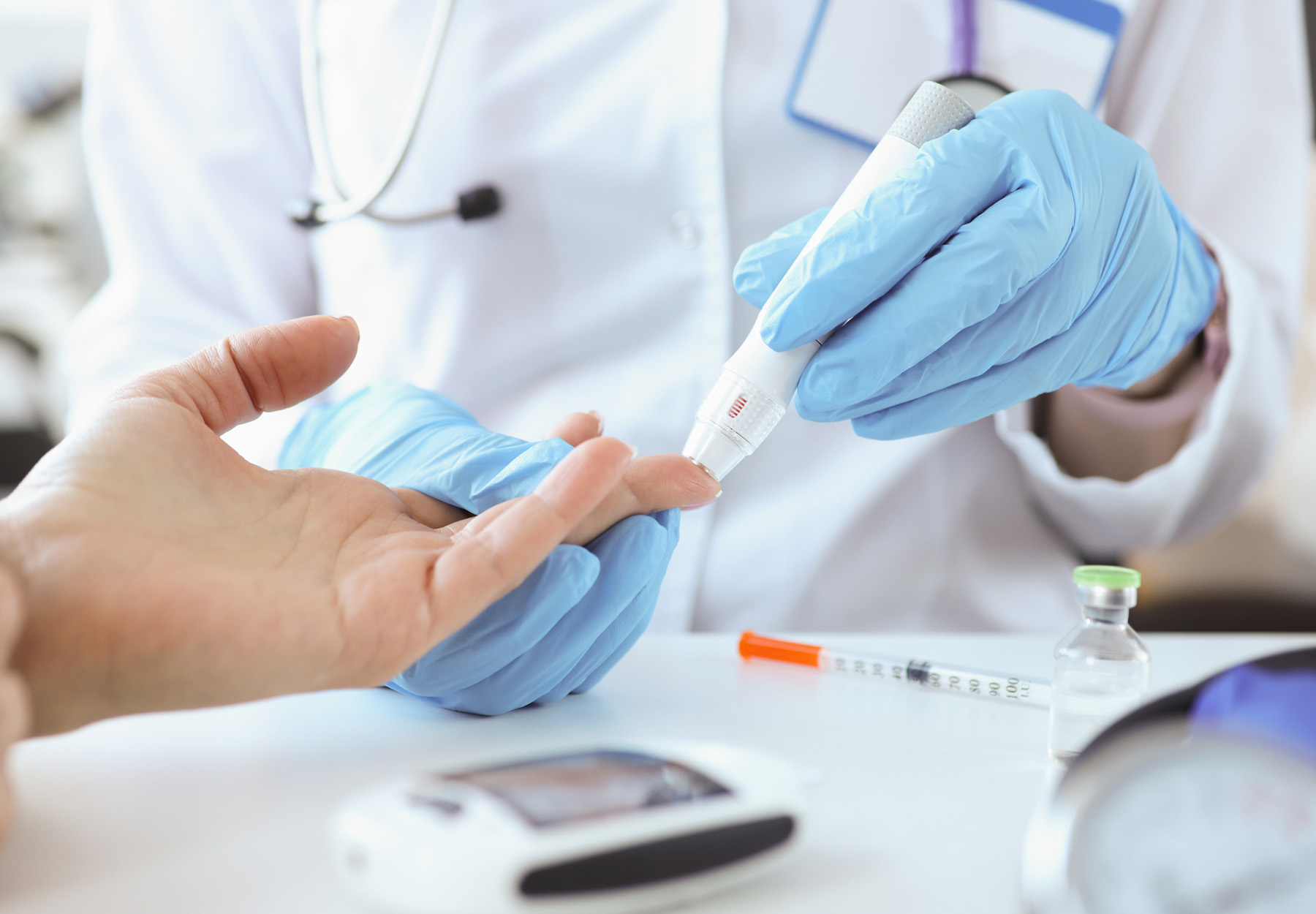Leveraging COVID-19 Testing Infrastructure Can Boost Diabetes Screening
A new study suggests that this is a viable idea, particularly in the context of diabetes screening in a Latinx community.

Subscribe to Clinical Diagnostics Insider to view
Start a Free Trial for immediate access to this article